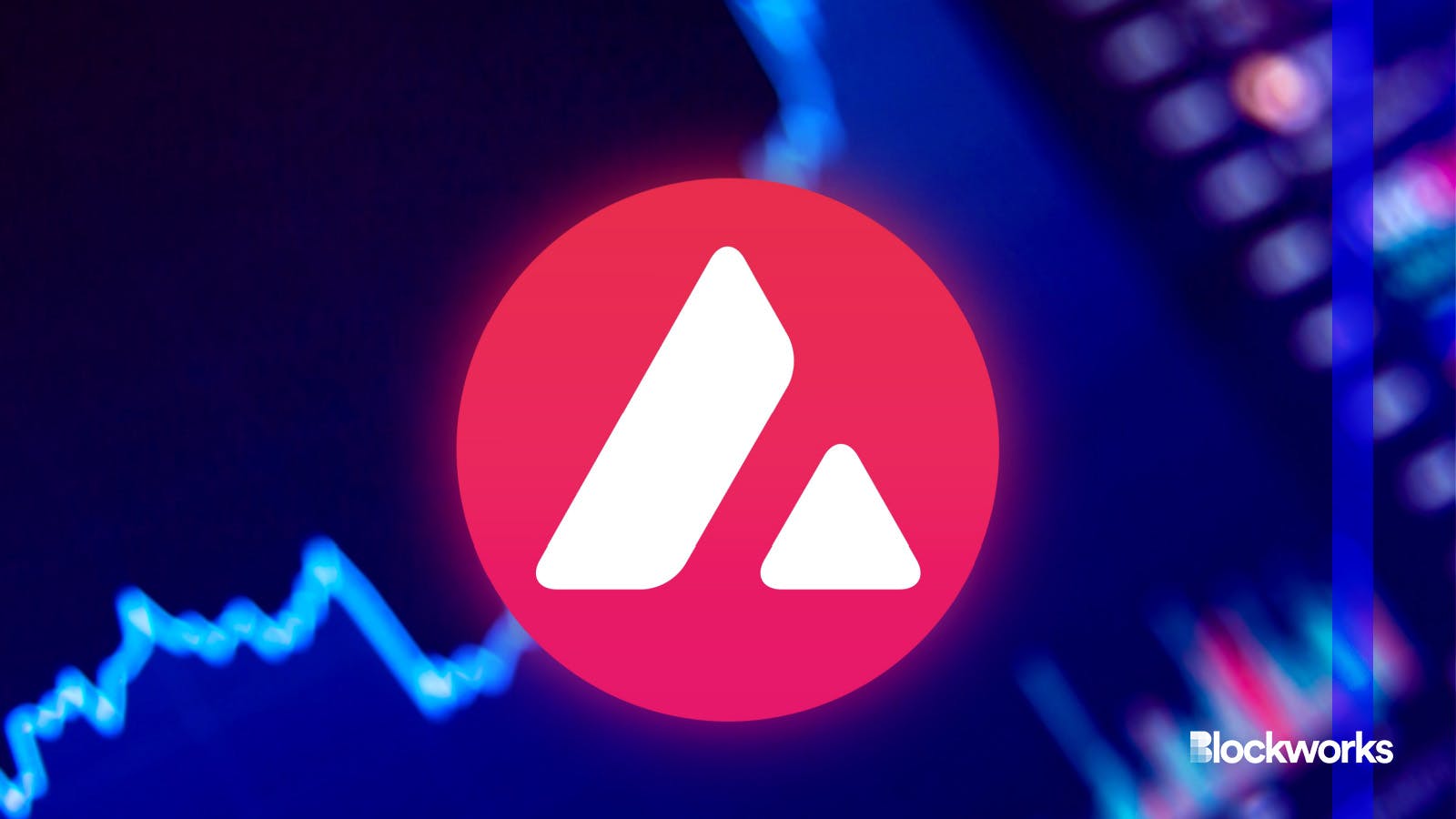Avalanche gets the ‘Ordinals’ bump, sets new transaction record
Avalanche has been inundated with transactions for inscriptions, similar to the Ordinals that already hit Bitcoin, Litecoin and Dogecoin

Ivan Babydov/Shutterstock modified by Blockworks
A new brand of crypto collectibles — similar to Bitcoin Ordinals — has apparently hit Avalanche, and it’s responsible for more than 95% of its daily on-chain transactions.
The transaction count on Avalanche’s C-Chain (responsible for handling smart contracts) over the past week has set new all-time highs, reaching an estimated 2.3 million transactions per day on November 19. Avalanche has historically seen around 450 thousand per day on average.
Like Bitcoin Ordinals, Avalanche’s “ASC-20” tokens use inscription to put information onto a blockchain, Jacob Everly, a technical product manager at Ava Lab, told Blockworks.
“Bitcoin Ordinals involves assigning numbers to Satoshis (sats), which are stored in the witness portion of the Bitcoin transaction. With ASC-20s, the user transcribes information within the Call-Data of a transaction so that information is stored on-chain for a reduced cost compared to the ERC-20 token standard,” Everly said, referring to Ethereum-based tokens.
“The surge in ASC-20s led to the Avalanche Primary Network, which consists of over ~1500 consensus-participating validators, to average 40-plus transactions per second and even approach 100 per second at some moments,” Everly noted.
The block time-to-finality has, however, held firm at roughly one second, Everly added. “Average gas price hovered around 80 nAVAX, resulting in a rough average cost of $0.05 per ASC-20 transaction,” he said.
According to Blockworks Research analyst Dan Smith, there have been over 6.8 million transactions that have interacted with ASC-20 tokens so far.
Still, it appears too early for ASC-20s to be actively traded, as there doesn’t seem to be any specialized marketplaces as yet (there’s also no handy portal to view what has been minted). The number of individual users responsible for all the transactions is also unclear.
Despite the significant jump in transaction count, daily average transaction fees and unique active addresses remain unchanged, Blockworks Research data shows.
In any case, Avalanche is not the only network aside from Bitcoin seeing activity spikes due to inscription minting.
Polygon’s PoS chain also saw similar activity last week , and just like Avalanche, transaction fees and daily unique addresses have remained relatively stable so far.
Litecoin and Dogecoin also had their turn earlier this year.
Get the news in your inbox. Explore Blockworks newsletters:
- The Breakdown: Decoding crypto and the markets. Daily.
- 0xResearch: Alpha in your inbox. Think like an analyst.






